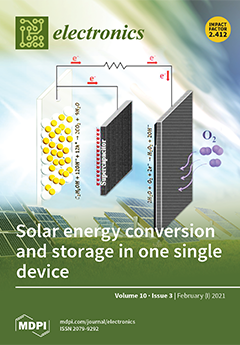Open AccessArticle
The Invisible Museum: A User-Centric Platform for Creating Virtual 3D Exhibitions with VR Support
by
Emmanouil Zidianakis, Nikolaos Partarakis, Stavroula Ntoa, Antonis Dimopoulos, Stella Kopidaki, Anastasia Ntagianta, Emmanouil Ntafotis, Aldo Xhako, Zacharias Pervolarakis, Eirini Kontaki, Ioanna Zidianaki, Andreas Michelakis, Michalis Foukarakis and Constantine Stephanidis
Cited by 51 | Viewed by 11554
Abstract
With the ever-advancing availability of digitized museum artifacts, the question of how to make the vast collection of exhibits accessible and explorable beyond what museums traditionally offer via their websites and exposed databases has recently gained increased attention. This research work introduces the
[...] Read more.
With the ever-advancing availability of digitized museum artifacts, the question of how to make the vast collection of exhibits accessible and explorable beyond what museums traditionally offer via their websites and exposed databases has recently gained increased attention. This research work introduces the Invisible Museum: a user-centric platform that allows users to create interactive and immersive virtual 3D/VR exhibitions using a unified collaborative authoring environment. The platform itself was designed following a Human-Centered Design approach, with the active participation of museum curators and end-users. Content representation adheres to domain standards such as International Committee for Documentation of the International Council of Museums (CIDOC-CRM) and the Europeana Data Model and exploits state-of-the-art deep learning technologies to assist the curators by generating ontology bindings for textual data. The platform enables the formulation and semantic representation of narratives that guide storytelling experiences and bind the presented artifacts with their socio-historic context. Main contributions are pertinent to the fields of (a) user-designed dynamic virtual exhibitions, (b) personalized suggestions and exhibition tours, (c) visualization in web-based 3D/VR technologies, and (d) immersive navigation and interaction. The Invisible Museum has been evaluated using a combination of different methodologies, ensuring the delivery of a high-quality user experience, leading to valuable lessons learned, which are discussed in the article.
Full article
►▼
Show Figures





